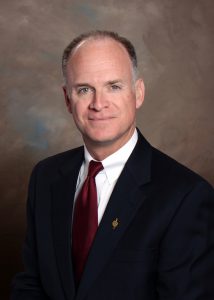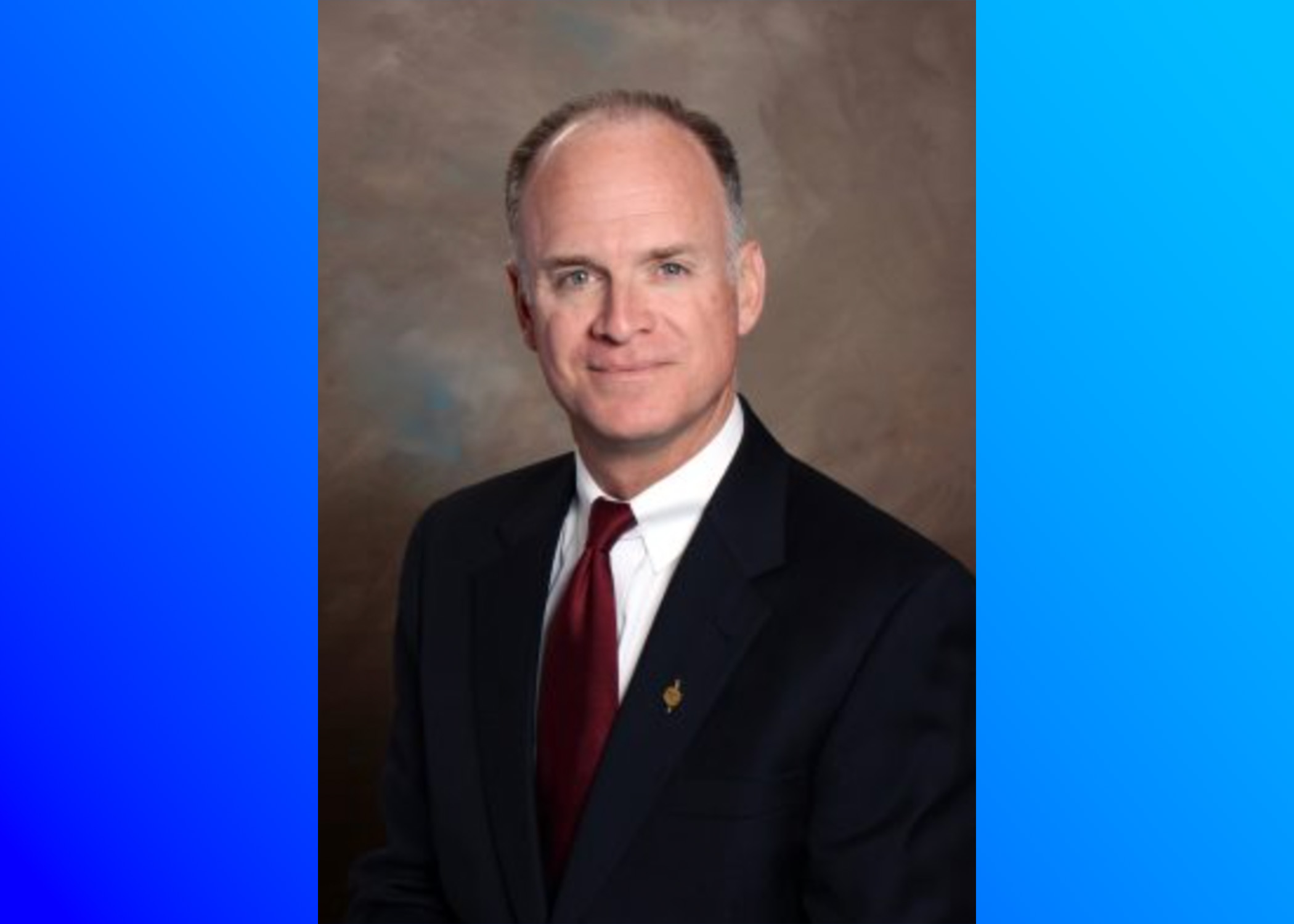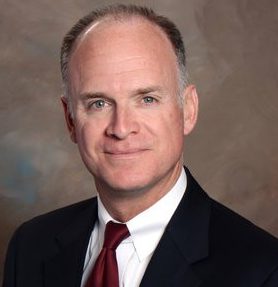By David R. Guttery, RFC, RFS, CAM
President, Keystone Financial Group-Trussville Al
A financial plan is only as strong as the risks that you eliminate from the plan. Any risk left unaddressed, either intentionally or unintentionally, could undermine the most solid of plans.

David has been in practice for over 31 years, with a distinctive focus on the creation of holistic wealth management plans, and the provision of investment advisory services. David is founder and president of Keystone Financial Group, in Trussville, Alabama, and an Investment Advisory Representative of Ameritas Advisory Services. David independently offers securities and investment advisory services through Ameritas Advisory Services, member FINRA / SIPC.
We’ve talked in the past about implementation being driven by the underlying planning work. Relative to the assumptions being made, we could construct an incredibly holistic plan, and implement the plan with an effective mix of tools and platforms. But that plan will only be as solid as the risks that we eliminate.
Within our planning output, we make assumptions pertaining to income, and deferrals, potential long-term rates of growth, taxation, inflation and other metrics. We attempt to codify objectives within a financial blueprint that spans the duration of a given client’s life, and if everything unfolds perfectly, then the objective will likely be realized. However, if we are not cognizant of real and present dangers that could undermine the fruition of our planning work, or if we underprepare for these dangers, then we are assuming unnecessary risks.
Your economic footprint. Let’s start with an obvious risk. The replacement of an economic footprint as I like to call it. Among other things, when building a financial plan, we assume that both clients will live long enough to defer planned amounts into their qualified plans, and those deferrals will likely receive matching from their employer, and we will have many years to enjoy tax-deferred earnings on those deferrals.
We assume that our clients will continue to pay into the Social Security Trust, and at some point, enjoy a durable stream of income at retirement. We also assume that as these amounts grow, withdrawals will be deferred until some point in the post-retirement years so that needs of inflation-adjusted income are met.
What happens if one of the parties involved in the plan dies suddenly? How might that change the planning assumptions? Clearly, there will be no further deferrals into qualified plans. We will not have the earnings and matching on deferrals that aren’t being made, and therefore qualified plan balances will be much smaller by the same point in retirement for the surviving spouse.
But it gets worse. If the deceased spouse had inadequate life insurance, then maybe the surviving spouse is then forced to take early withdrawals from that qualified account, thus jeopardizing the degree by which income could be supported in retirement for the survivor.
Although in most cases, a surviving spouse can choose the greater of their own Social Security record, or that of a deceased spouse, they are nonetheless left with only one durable stream of Social Security income, while the plan assumed that the household would have two such streams of income.
These are just a few very obvious ways that an untimely death could severely undermine the fruition of planning objectives for a surviving spouse.
What would it take to replace the economic footprint of a spouse? Well, let me offer this simple example. Let’s assume that a 45-year-old person is realizing $100,000 of net after-tax income. This is the income upon which the household depends for meeting expenses. If that spouse were to pass away, I would need $2 million of life insurance death benefit just to replace that net after tax income.
We haven’t paid off the mortgage. We haven’t completed a child’s 529 college savings plan. We haven’t retired debt of any other kind. If I took a $2 million income tax-free death benefit, depending on the chosen platform, the yield could replace the $100,000 of net after-tax income once earned by the deceased spouse.
Unfortunately, many people are underinsured, believing that such needs will be met by an employer’s group term insurance plan, or an individually held piece of insurance sufficient only enough to cover the mortgage. The economic footprint of someone is much broader, and deeper than just the indemnification of debt.
So, the first risk that I strongly encourage clients to mitigate is that of an untimely death, to replace the economic footprint of that client, should death occur prior to the fruition of planning goals. If we’ve addressed this risk, then accounts earmarked for retirement can remain intact, while needs of income are met by the economic footprint replacement of life insurance.
Your income. As I just described, it is important to indemnify against the risk of an untimely death, but it is equally important to indemnify against the risk that income could be lost prior to the fruition of planning goals.
Disability insurance is something that is often overlooked, and taken for granted. The difference between life insurance and disability insurance is that with a long-term disability, you are still alive and here to experience the pain of a potential bankruptcy, or a foreclosure, and other catastrophic events that could result from the permanent loss of income.
These aren’t rhetorical questions. Should a disability preclude you from earning income, how would your household expenses be met? How difficult would it be to borrow money from a bank without a documentable income stream. Would a spouse have to work multiple jobs? Would you be forced to consider borrowing from family members?
Qualified balances, upon which we had planned for the support of your income in retirement, will not be there if you have no income from which to defer. Indeed, at a certain point you may be compelled to withdraw from qualified plans in order to meet monthly needs of living. Furthermore, we haven’t even begun to discuss how you might handle the higher expenses of medical care, on top of routine and sundry monthly expenses.
Unfortunately, it seems to me that many people are left with the impression that it could never happen to them. Indeed, a life altering catastrophic event can happen in the blink of an eye.
If you work for an employer that offers disability insurance on a guaranteed standard issue basis, that’s a good thing. Very often however, the limits and provisions of such plans aren’t sufficient to truly meet the need at hand. Conversely, individually held policies can offer other forms of coverage typically not found with easily obtained group plans. This would include coverage for a partial loss of income, rehabilitation benefits, cost of living adjustments, and a definition of own occupation that could last for the duration of your career.
I strongly encourage clients to consider not only life insurance, but also disability insurance, before committing to follow a holistic financial plan. If you haven’t adequately covered these two areas, then you are needlessly leaving the outcome of the plan in jeopardy.
Long Term Care. Sometimes, people associate needs of long-term care with being later in life, and frankly that’s not entirely true. I know of a handful of examples where people younger than myself are receiving long-term care resulting from injuries, or sickness.
More and more often, I am finding that adult children, nearing the fruition of their working years, are now struggling with the financial reality that comes with caring for aging parents who had not adequately addressed needs of long-term care. This is serving as motivation for them to assess that risk within their own plan.
Fortunately, many of the life insurance policies issued by companies today can serve multiple roles. We call these hybrid life insurance policies. Very often, we have addressed multiple needs of risk indemnification with one hybrid policy as we have sought to minimize threats that could come against the fruition of planning objectives.
Address the risks. In conclusion, we are perpetually working with our clients as it pertains to the investment implementation of multifaceted financial plans that we have constructed for the achievement of their objectives. All of that work could be undermined however if we have cast an oblivious eye to the very real risks of loss that could undermine the achievement of those objectives.
I strongly encourage everyone to not simply be satisfied with what they believe to be adequate insurance. Engage a professional financial planner, who is qualified to stress test those assumptions before something catastrophic provides that stress test for you. You may find that you have been underinsured for a long time, and thankful that you are still in a position to address risks that could undermine the objectives for which you are planning.
(*) David R. Guttery, RFC, RFS, CAM, is a financial advisor, and has been in practice for 31 years, and is the President of Keystone Financial Group in Trussville. David offers products and services using the following business names: Keystone Financial Group – insurance and financial services | Ameritas Investment Company, LLC (AIC), Member FINRA / SIPC – securities and investments | Ameritas Advisory Services – investment advisory services. AIC and AAS are not affiliated with Keystone Financial Group. Information provided is gathered from sources believed to be reliable; however, we cannot guarantee their accuracy. This information should not be interpreted as a recommendation to buy or sell any security. Past performance is not an indicator of future results.








